Sometimes IT is hard to be a woman
The fight for the right to be measured, recognised and valued on equal terms is far from over.
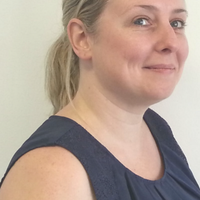
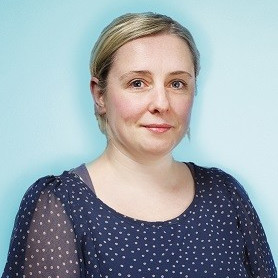
"It doesn't objectify women. It objectifies men. It all makes us look like a bunch of repressed retards."
Two other tech female journalists attended Dreamforce with me. It made a refreshing change from being the only one with XX chromosomes. However, it is their observations that further highlight the sad state of affairs.
We're not asking for special treatment. And we certainly don't want to be given a job or a promotion or a seat at any table just because we have breasts. All we're asking for is a fair deal for everyone.
Jessica Twentyman is a journalist of great pedigree, having honed her skills at Information Age, she is now a freelance journalist who works for the FT and Diginomica among others. She also picked up on the use' of women at the show. Though her requests for comment/clarification (via Twitter) went unheard.
.@K2Partnering Are those ladies bona fide K2 consultants? Just curious.Jessica Twentyman (@jtwentyman) November 19, 2013
Computer Weekly's Jennifer Scott was left with a sour taste in her mouth after the trip. She thought Silicon Valley was the land of dreams (for men and for women) but she came away with her rose-tinted glasses lying in the gutter along with any hope of fairness anytime soon.
"Vivek Wadhwa, fellow at the centre for corporate governance at Stanford University, pointed out being young, attractive, blonde and white made it much easier to be allowed into the white boys club," Scott writes.
"Wadhwa has been compiling a lot of research around women in Silicon Valley and his findings of how females have been treated were shocking. He described how even a global phenomenon like Twitter had sexism running through it, with every party for staff following its IPO being hosted at strip clubs," she continues.
"I knew there still weren't enough women on the boards at the big tech firms across the US and I knew there was still work to be done even in this Mecca of the industry. But to hear about the active discrimination going on in a place that prides itself on its openness, innovation and forward thinking has made me sick to my stomach."
Sign up today and you will receive a free copy of our Future Focus 2025 report - the leading guidance on AI, cybersecurity and other IT challenges as per 700+ senior executives
For some females once they get their seat at the table, the only way they can keep it is to claw at others and do other women down, rather than being supportive. It's drummed into them that that's the only way to stay there. It's a sad state of affairs too.
That's why, despite Computer Weekly being a competitor, I am happy to share Jennifer's post. In fact we could do more as females to support one another and help make the change that's needed.
Past, present, future?
My career in this industry started in 1999 at Computing magazine. I was one of few women there at the time. That was just the way it was. All of the guys I worked with were lovely though and looked out for me like the nave little sister I was. I'm still good friends with most of them. However, growing up in this industry and considering the wider facts - has painted a somewhat bleaker picture.
There will be those of you who argue that the percentage of women in the IT industry generally is scant in comparison to the number of men and that is why we're still a minority. My response would be that we need to do more to encourage males and females into the industry and, certainly, once they get here not put them off.
We're not asking for special treatment. And we certainly don't want to be given a job or a promotion or a seat at any table just because we have breasts. All we're asking for is a fair deal for everyone. The same language, the same judgments, the same treatment and access to the same opportunities. Then we'll all be on a level playing field and you'll be able to stop reading articles like this. Is that too much to ask?
Maggie has been a journalist since 1999, starting her career as an editorial assistant on then-weekly magazine Computing, before working her way up to senior reporter level. In 2006, just weeks before ITPro was launched, Maggie joined Dennis Publishing as a reporter. Having worked her way up to editor of ITPro, she was appointed group editor of CloudPro and ITPro in April 2012. She became the editorial director and took responsibility for ChannelPro, in 2016.
Her areas of particular interest, aside from cloud, include management and C-level issues, the business value of technology, green and environmental issues and careers to name but a few.
-
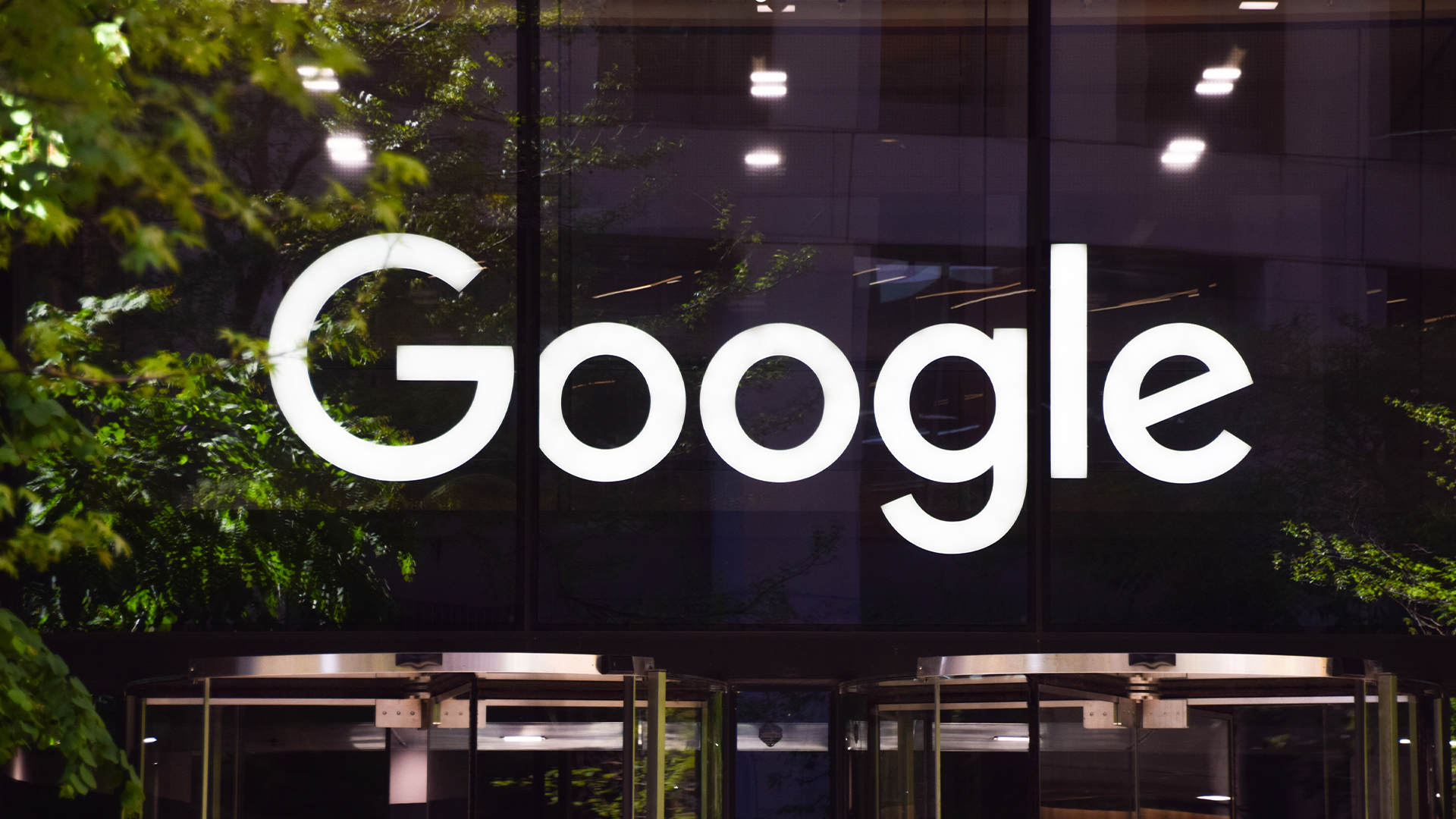 Google is scrapping its dark web report feature
Google is scrapping its dark web report featureNews Google said while the dark web report feature offered “general information”, the tool didn’t provide “helpful next steps” for users potentially impacted by a breach.
-
 AI means you're probably going to need bigger developer teams
AI means you're probably going to need bigger developer teamsAnalysis Software developers may be forgiven for worrying about their jobs in 2025, but the end result of AI adoption will probably be larger teams, not an onslaught of job cuts.
-
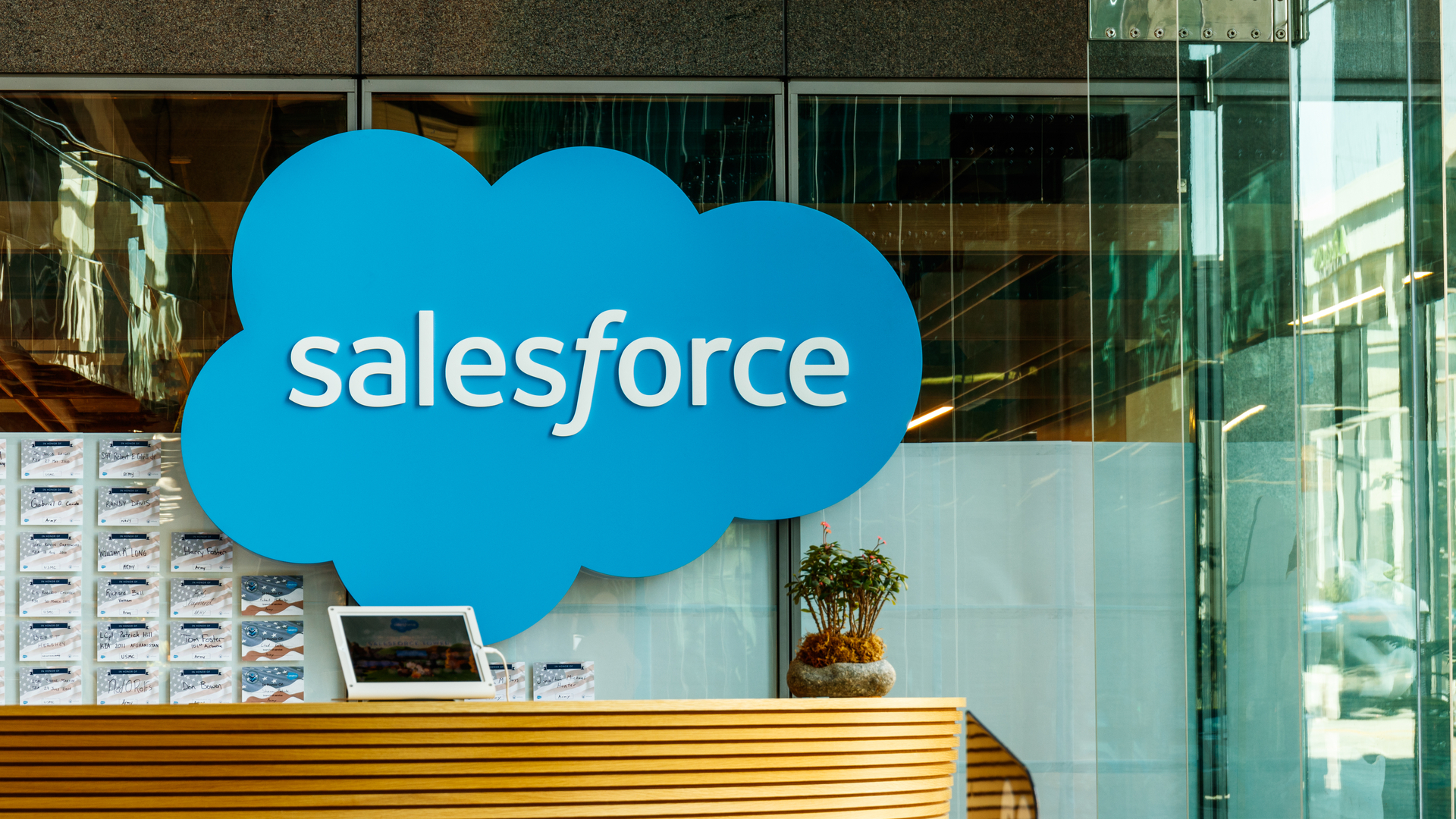 Salesforce reveals Einstein GPT for CRM, announces broader OpenAI partnership
Salesforce reveals Einstein GPT for CRM, announces broader OpenAI partnershipNews ChatGPT is also coming to Slack, as Salesforce doubles down on generative AI across its CRM
-
 Meta to pay $725 million in Cambridge Analytica lawsuit settlement
Meta to pay $725 million in Cambridge Analytica lawsuit settlementNews The settlement closes the long-running lawsuit into how Facebook's owner, Meta, handled the Cambridge Analytica scandal
-
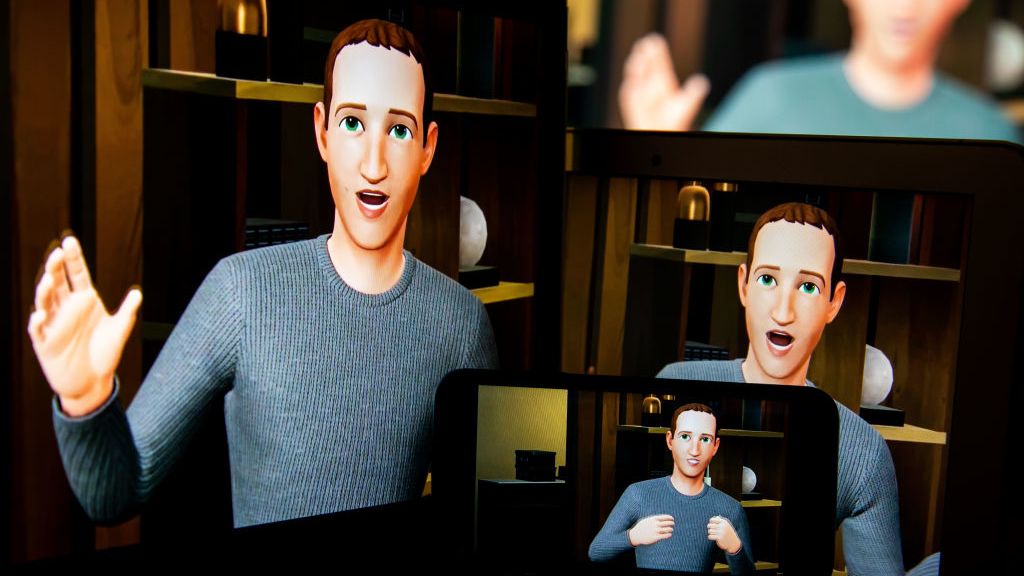 Meta's earnings are 'cause for concern' and 2023 looks even bleaker
Meta's earnings are 'cause for concern' and 2023 looks even bleakerAnalysis Calls for investor faith in metaverse tech only emphasise the worries that its investment strategy won't pay off
-
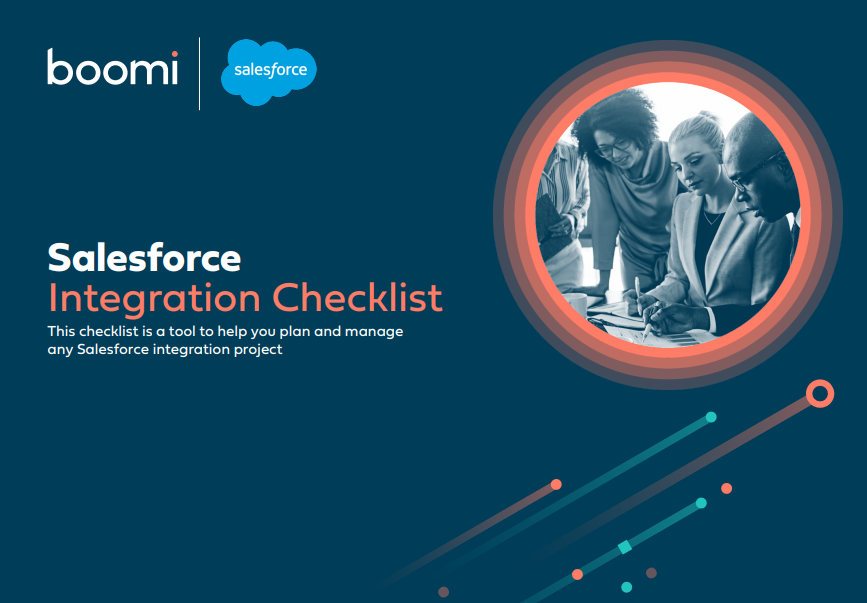 Salesforce integration checklist
Salesforce integration checklistWhitepaper A tool to help you plan and manage any Salesforce integration project
-
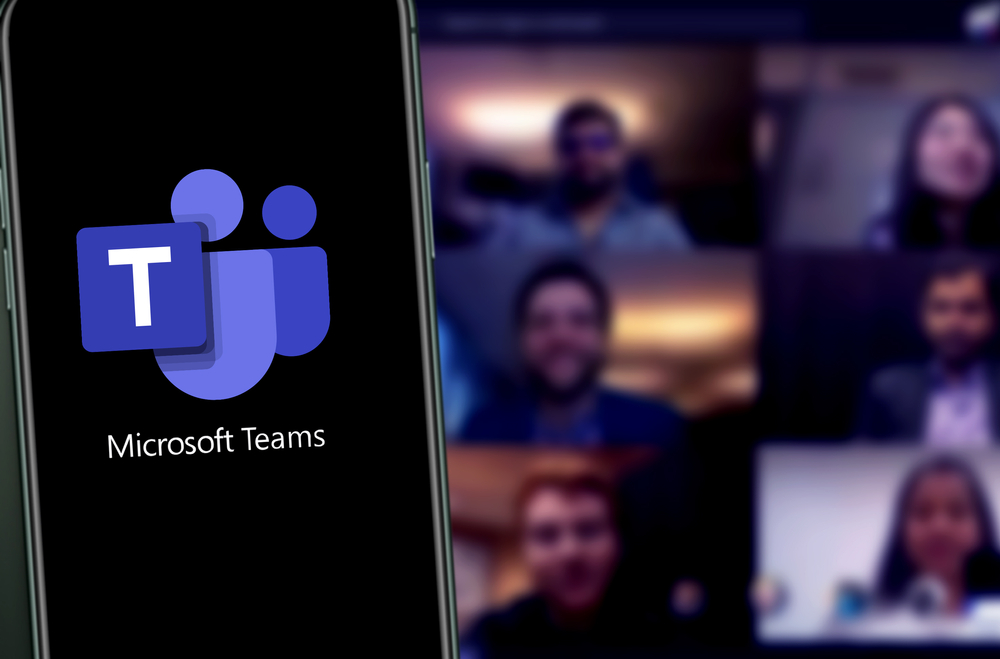 Microsoft and Meta announce integration deal between Teams and Workplace
Microsoft and Meta announce integration deal between Teams and WorkplaceNews Features from both business collaboration platforms will be available to users without having to switch apps
-
 Facebook is shutting down its controversial facial recognition system
Facebook is shutting down its controversial facial recognition systemNews The move will see more than a billion facial templates removed from Facebook's records amid a push for more private applications of the technology
-
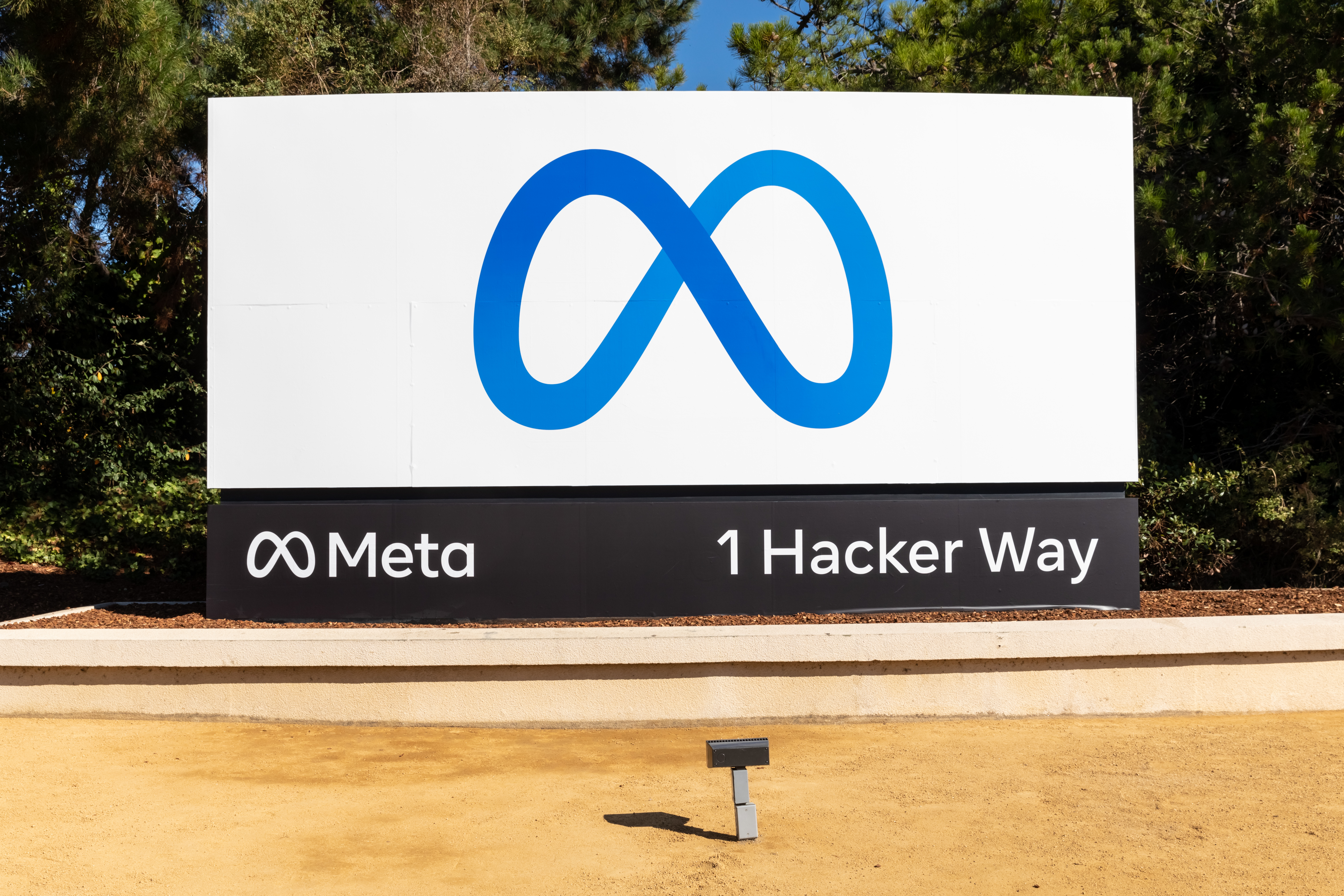 'Changing name to Meat': Industry reacts to Facebook's Meta rebrand
'Changing name to Meat': Industry reacts to Facebook's Meta rebrandNews The rebrand attempts to provide a clearer distinction between Facebook and its umbrella company
-
 Facebook's Oversight Board demands more transparency
Facebook's Oversight Board demands more transparencyNews Board bashed the social media giant for its preferential treatment of certain high-profile accounts
